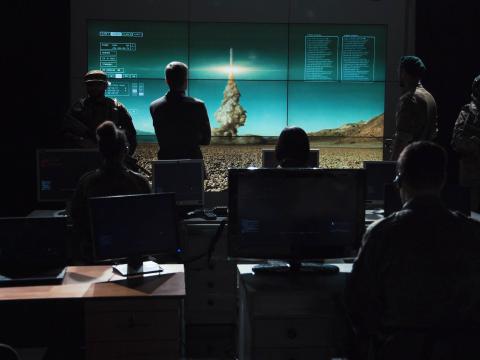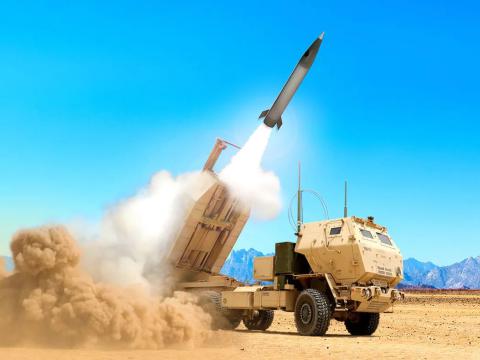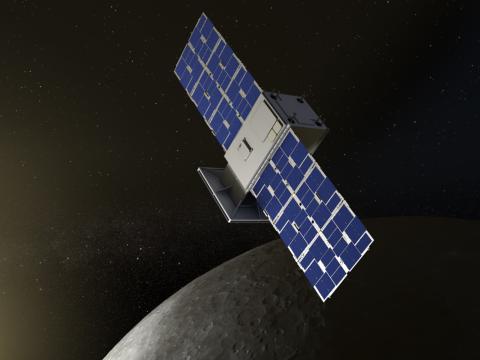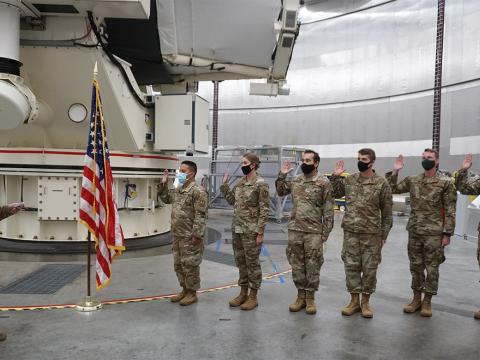The Navy Takes Littoral Fight Literally
The littoral fight must adapt asymmetric ground tactics if U.S. forces are to defeat the enemy. In his viewpoint article, one Navy lieutenant believes it must be done; but can operational obstacles from land to sea be overcome?
Intelligence, surveillance and reconnaissance (ISR) has been, and will continue to be, the military's most significant force multiplier in any asymmetric ground fight. Now it must be adapted more fully to benefit naval forces. In his viewpoint article "Intelligence, Surveillance and Reconnaissance in the Littoral Fight" in this issue of SIGNAL Magazine, Lt. Daniel T. Murphy, USN, addresses the need to move forward with strategies to improve blue-water assets. Most enemy naval operations would focus on restricting or cutting off access to crucial sea lanes. The economic impact alone is a huge concern, along with the threat of piracy. However, in asymmetric fights in Afghanistan and Iraq, a "new ISR" has been the West's greatest force multiplier. New-generation unmanned platforms such as the Predator and Reaper have extended ground forces' areas of observation outward. Forces now are able to use the new ISR platforms in concert with some older-generation manned-and in some cases, re-sensored-ISR platforms. The U.S. Navy appreciates the at-sea potential of new ISR tools, and the chief of naval operations (CNO) said he wants to see stealthy, unmanned aircraft on U.S. carriers before 2018. Given the complexities of unmanned ISR platforms, the Navy needs to move with a measured approach, according to the CNO:
Those complexities include landing an aircraft without a pilot in the cockpit onto the deck of a carrier bursting with electromagnetic energy.
Although the new-generation ISR platforms are not quite ready for the blue-water Navy, they certainly are ready for the littoral fight. Against the threat of individual or unit-level attacks from shore or from water, the keys to success are indications, warnings and reaction time. These tasks would be completed via land-based unmanned aerial vehicles, which could persistently watch over a commercial traffic area, vector merchant traffic away from visit, board, search and seizure (VBSS) operations, vector friendly maritime security assets to provide protection and, if necessary, use kinetic force to prevent an enemy VBSS. On both land and water, visibility-and therefore elevation-is the key to reaction time. Constant full-motion video ISR could make port security a less resource-intensive effort because the same density of force protection assets aren't necessary. For longer-term operations, aerostat-based sensors could cue a kinetic platform or quick-reaction force. These would be very cost-effective options, and the Navy is working to take ISR assets to sea, but how long will it take to achieve compatibility of land and sea systems? Are other approaches more efficient or viable? Share you ideas here.






